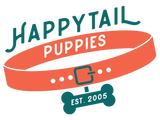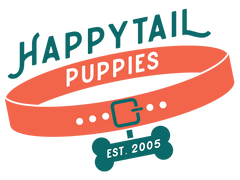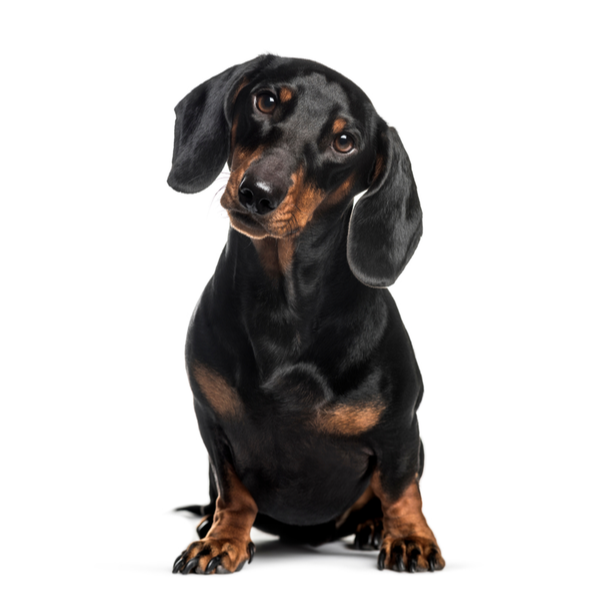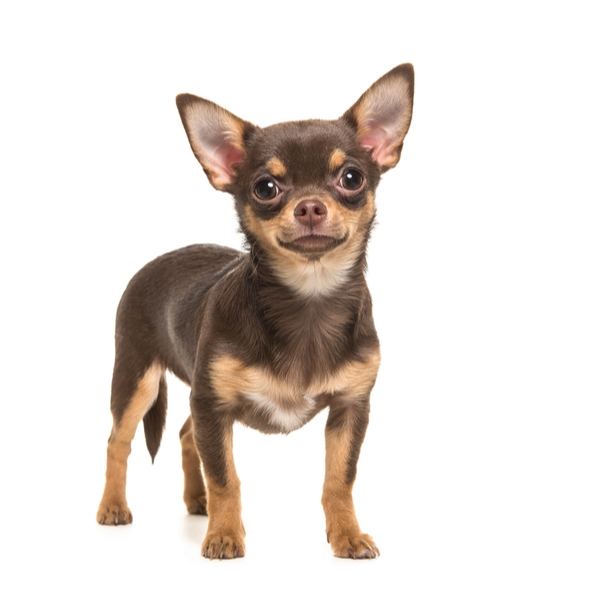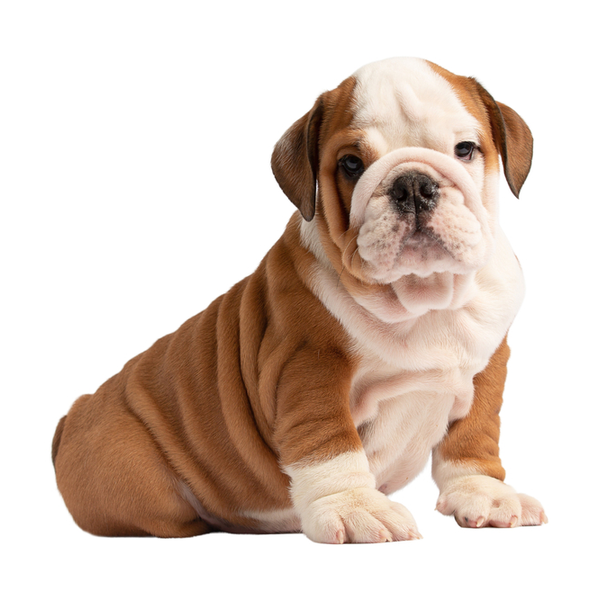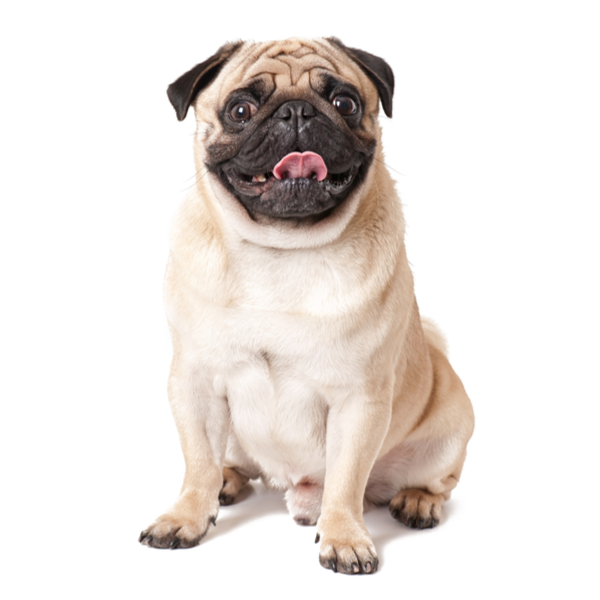
PUG PUPPIES FOR SALE
Charming. Social.
Also known as the Chinese Pug, Mini Mastiff, Dutch Mastiff, Dutch Bulldog, Carlin, and Mops, Pugs bring a remarkable and charming personality in a small package. Bred as a companion dog, they have always thrived on human companionship. They get along great with people of all ages, and they crave and demand attention from every family member (and sometimes strangers!). Knowing humans as well as they do, they are usually intuitive and sensitive to their family members’ moods. They can be strong-willed, but their lack of aggression and sturdy build make them suitable playmates for children. They will follow their people around to stay close to the action at all times.
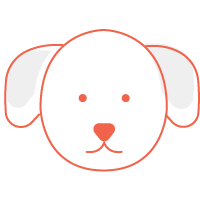
Temperament
While they do have a snoozy nature and love their naps, don’t mistake them for lazy or inactive. They actually love to play and run, and they often have a clownish personality they won’t hesitate to show off.
Pugs love children and are sturdy enough to play with them. They can do well with other pets provided that they are socialized from an early age.
Pug parents need to act as the pack leader, or this sturdy little breed may take advantage of you.
Think twice if you’re a light sleeper; Pugs are notorious for snoring.
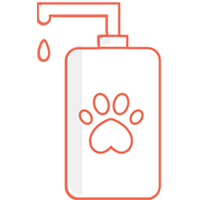
Appearance
They have small, square, thickset bodies and are surprisingly sturdy for their size. Their high-set tail curls either once or twice and falls over the back. Their dew claws are usually removed.
They have a short double coat with a smooth, fine texture. They are most commonly fawn colored with an apricot or silver tint, but they can also be black.
Pugs are typically 10 to 12 inches tall and weigh between 13 and 18 pounds.

Exercise
They love going on walks or having some playtime outdoors, but you should be careful and avoid exercise sessions if it is too hot and humid, as they are sensitive to warmer weather.
Pugs don’t typically play fetch or chase people around to play even though they crave attention. They are better suited to short walks and may even enjoy interesting toys.
We recommend 40 minutes of activity a day and about 5 miles of walking a week.
Pugs originated in China during the Han dynasty, between 206 BC and 200 AD. They were bred to be the companions of royalty, and they were so loved that soldiers guarded them. Evidence of similar dogs has been found in Tibet and Japan. When Dutch traders brought them to Europe in the 1500s and 1600s, they were called by the name Mopshond. Upon their European arrival, they quickly became popular in royal households. As they began to appear around the world, they were called by many different names. The French called them Carlin, the Spanish called them Doguillo, Germans called them Mops, and Italians called them Caganlino.
There were two dominant breeding lines in 1800s England. The Morrison line was evidently founded from Queen Charlotte’s royal dogs while the other line was started by Lord and Lady Willoughby de Eresby and founded on dogs imported from Hungary and Russia. In 1861 when the Chinese Imperial Palace was overrun by the British, Pugs were brought back to England. They figured prominently in the Victorian Era, appearing in paintings, postcards, and figurines. They became popular in the United States after the Civil War, and they were recognized by the American Kennel Club in 1885. The Pug Club of America was founded in 1931.
Major health concerns to be aware of:
- Entropion Legg-Calve-Perthes Disease
- Portosystemic Shunt
- Pug Dog Encephalitis
- Necrotizing Meningoencephalitis
Minor health concerns to be aware of:
- Allergies
- Corneal Ulcer
Despite their short coats, Pugs shed quite a bit and especially in the summer. Your Pug should be brushed regularly to keep the coat healthy and help with shedding. They should be bathed about monthly, though more frequent bathing is not harmful. Check your Pug’s ears and trim their nails regularly. The breed’s beloved facial wrinkles need special care. Use a baby wipe or cotton ball to ensure the creases of the wrinkles are dried well after bath time and cleaned sometimes between baths. Skipping this important step can result in infection from the dirt and dampness. Those large, protruding eyes can be prone to injury and irritation, so they may need some special care as well. Finally, brush your Pug’s teeth regularly.
